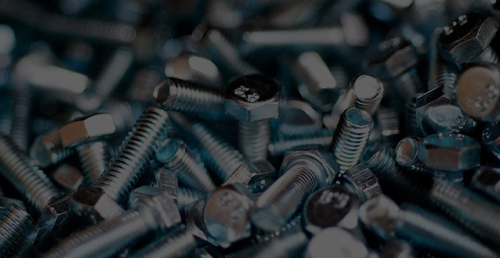internal hex head screw
Understanding Internal Hex Head Screws Design, Benefits, and Applications
Internal hex head screws are an essential component in various industries, known for their strength, durability, and the secure fastening they provide. Characterized by their hexagonal socket in the head, these screws are designed to be driven using a hex key or Allen wrench. This unique feature not only enhances the grip during installation but also allows for deeper recesses that can withstand higher torque, making them ideal for demanding applications.
Design Features
The design of internal hex head screws is particularly favored for its functional aesthetics and practical benefits. The hexagonal socket allows for the transmission of higher torque levels than traditional slotted or Phillips screws. This is primarily because the hex drive engages more surface area, ensuring a snug fit that minimizes the risk of slipping or stripping the screw. Additionally, the internal design protects the screw head from external elements, reducing the likelihood of corrosion and damage, which can occur with exposed fasteners.
Internal hex head screws are available in various materials, including stainless steel, carbon steel, and alloys, providing a range of options for different environmental conditions and strength requirements. Coatings such as zinc or black oxide can also be applied to enhance corrosion resistance further, making these screws suitable for both indoor and outdoor applications.
Benefits of Internal Hex Head Screws
1. High Torque Capacity As mentioned, the internal hex design allows users to apply greater torque, which is particularly beneficial in applications requiring a secure and tight fit.
2. Reduced Cam-Out The hexagonal shape significantly reduces the chance of cam-out—a situation where the wrench slips out of the screw head while tightening, which is common with Phillips screws. This leads to quicker fastening and reduces the risk of damaging both the screw and the material being fastened.
internal hex head screw

3. Versatility Internal hex head screws are versatile and can be used in a wide range of applications, from automotive to electronic devices, furniture assembly, and construction. They are suitable for both industrial and home use, making them a staple in various toolboxes.
4. Aesthetic Appeal The internal hex design provides a cleaner, more streamlined appearance compared to protruding screw heads. This feature is especially valuable in applications where the aesthetic of the assembly is important.
Applications
Internal hex head screws find their place in numerous industries due to their reliability and versatility. In the automotive sector, they are commonly used in engine assemblies and chassis construction, where strength and resistance to vibration are paramount. In furniture production, these screws offer durability and a neat appearance, allowing connected parts to maintain integrity over time without unsightly protrusions.
Moreover, in the electronics industry, internal hex head screws secure components within devices without occupying excessive space, which is crucial in compact designs. They are also widely employed in machinery, aerospace, healthcare devices, and construction, further underlining their importance in modern engineering.
Conclusion
In summary, internal hex head screws are a favored choice among engineers and manufacturers for their robust design, efficiency in fastening, and aesthetic appeal. Their ability to handle higher torque, reduced risk of cam-out, and versatility across various applications makes them an invaluable component in many industries. Whether you are constructing a vehicle, assembling furniture, or designing electronic devices, understanding the benefits and applications of internal hex head screws can lead to more effective and reliable product designs. As technology advances and industries evolve, the importance of such fastening solutions will undoubtedly continue to grow, underscoring the vital role that internal hex head screws play in innovation and construction.
-
Weatherproof Plastic Expansion Anchors for OutdoorNewsJun.06,2025
-
Sustainability in the Supply Chain: Eco-Friendly TEK Screws ProductionNewsJun.06,2025
-
Load-Bearing Capacity of External Insulation FixingsNewsJun.06,2025
-
Double Head Bolts: Enhancing Efficiency in Industrial MachineryNewsJun.06,2025
-
Corrosion Resistance in Chipboard Screws: Coatings for Wholesale DurabilityNewsJun.06,2025
-
Butterfly Toggle Bolts : Enhancing Structural ResilienceNewsJun.06,2025
